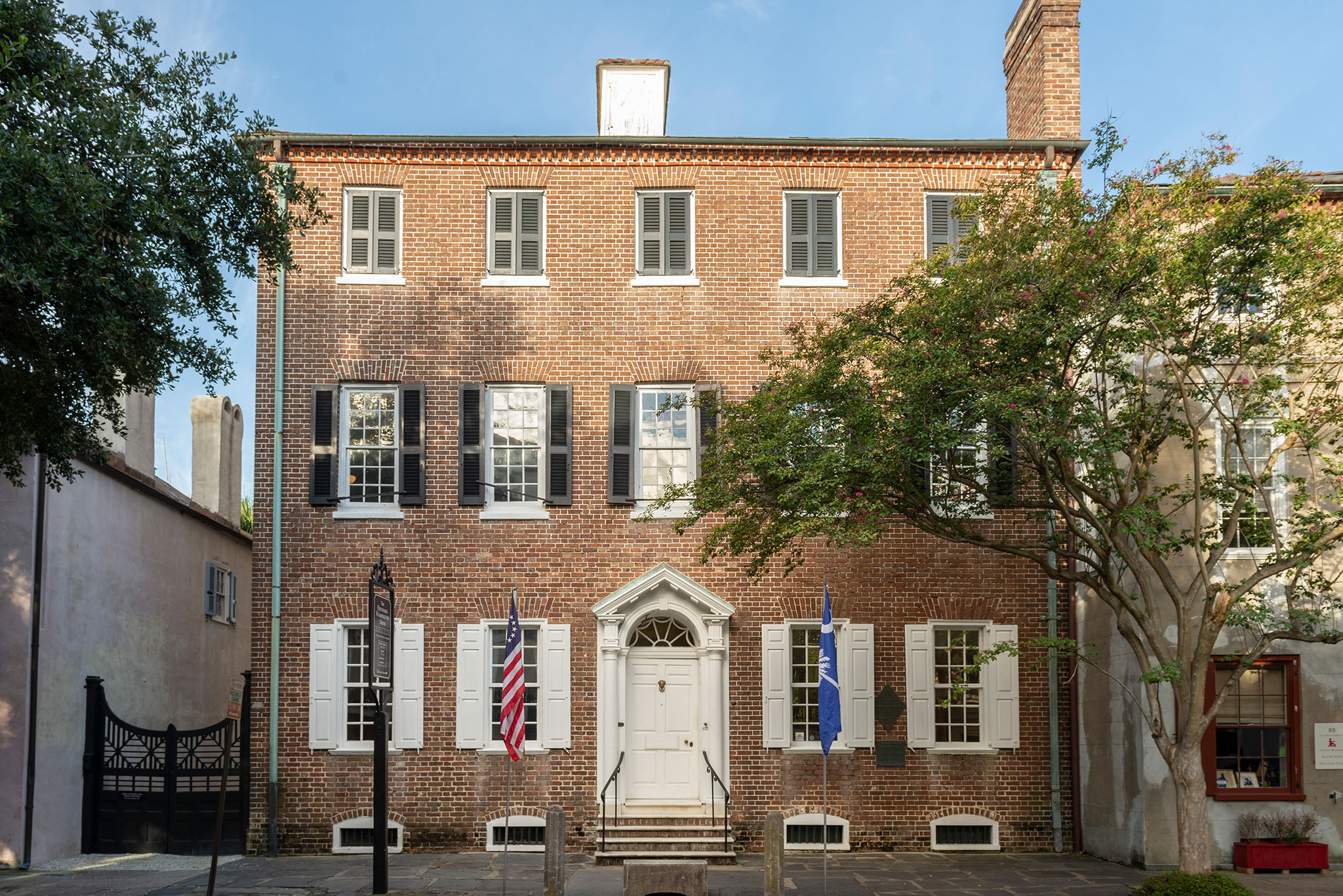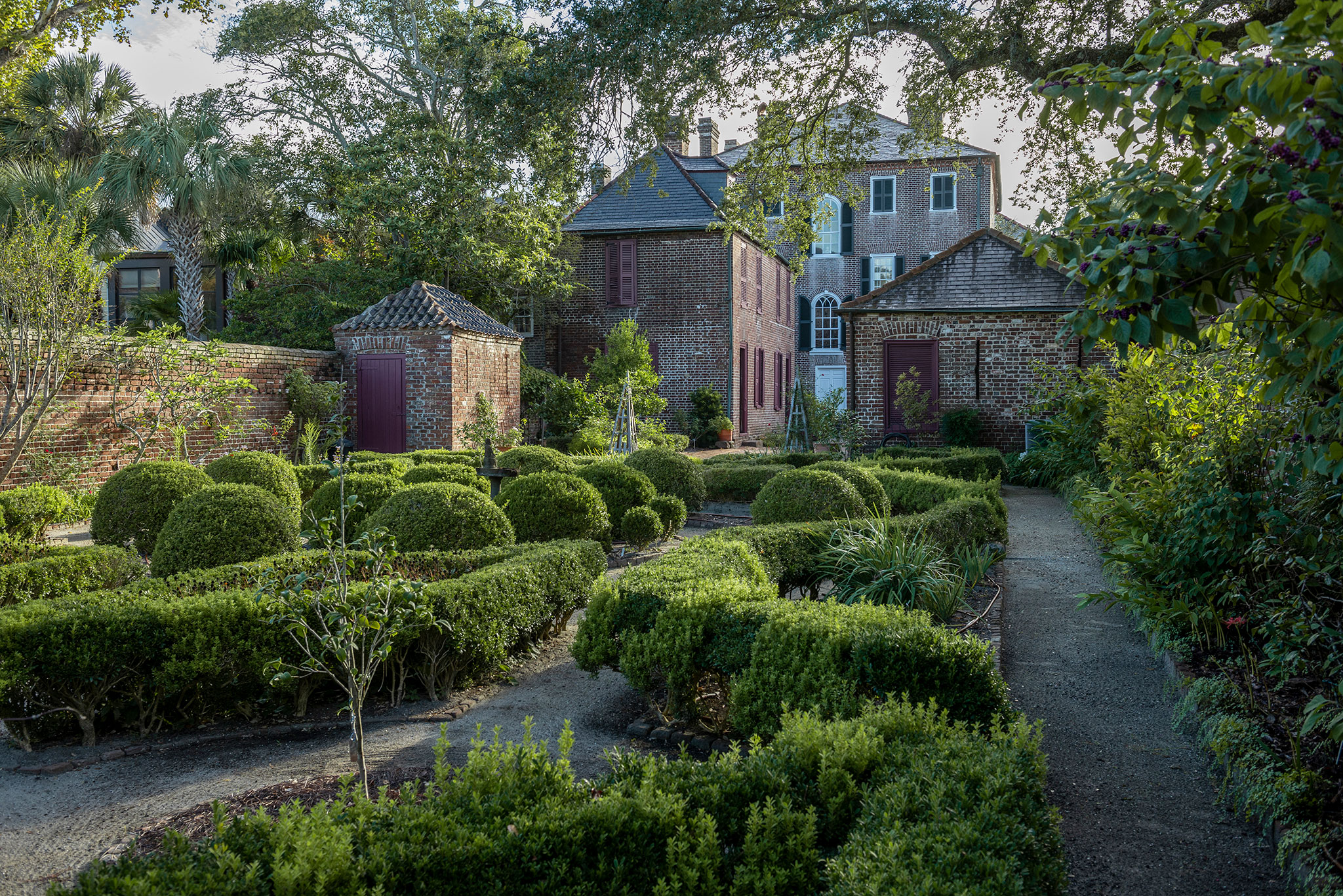The Heyward-Washington House: 250 Years Old
 The Charleston Museum will commemorate two major anniversaries over the next two years. January 12, 2023 will mark the 250th anniversary of the founding of the museum that would ultimately become The Charleston Museum. This year, we will observe 250 years since the completion of the Heyward-Washington House. Constructed in the heart of what was once the walled city, the location would have been prime real estate even in the 1770s.
The Charleston Museum will commemorate two major anniversaries over the next two years. January 12, 2023 will mark the 250th anniversary of the founding of the museum that would ultimately become The Charleston Museum. This year, we will observe 250 years since the completion of the Heyward-Washington House. Constructed in the heart of what was once the walled city, the location would have been prime real estate even in the 1770s.
At least two structures predated the Heyward-Washington House, both built by the Milner family. John Milner was a successful gunsmith, who repaired firearms for South Carolina’s colonial government. His house on the lot was lost to the fire of 1740. His son, also John, inherited the property and built a brick two-story house there, but, lacking the business acumen of his father, lost it due to excessive debts. Enter Daniel Heyward, one of the wealthiest rice planters in the colony, who purchased the lot at public auction in 1770, paying 5,500 pounds, the equivalent of $1.03 million today.
Heyward had the Milner house leveled and constructed the three-story brick house, which we now know as the Heyward-Washington House. Recent research indicates that the kitchen building and carriage building were erected at approximately the same time as the main house. Lacking modern power tools, such a project would have been highly labor intensive and taken months to complete. First, the Milner house would have to be physically torn down and the debris hauled away by wagon. Then, the process of construction would have required a bricklayer to put down the foundation, carpenters to frame the house and install the joists and flooring, the bricklayer, again, to build the walls, a slater to roof the house, a plasterer to apply plaster to the walls, and a joiner to do the finish work such as mantels, doors, and windows. As in most trades throughout the city, the master craftsmen employed would have had dozens of enslaved people to perform much of this work. Given the numbers of craftsmen involved, the Heyward-Washington House and its outbuildings, in all probability, were built using large numbers of enslaved people.
Thanks to Dr. Elaine Herold, who did significant volunteer archaeological work at the Heyward-Washington House in the 1970s, we are able to pinpoint 1772 as the construction date for the house. In her research, she found advertisements in the South Carolina Gazette by James Taylor, a book binder, who managed his business on the other side of Church Street from Heyward’s lot. His October and November 1772 advertisements noted that he was across from Colonel [Daniel] Heyward’s new building. The house was not mentioned in an April 1772 ad, however.
In November 1773, Taylor posted another advertisement, but this time he noted that his shop was across the street from Thomas Heyward’s house. Tradition holds that Daniel Heyward gifted the house to Thomas as a wedding gift. The younger Heyward moved into the house, with his new bride, Elizabeth Matthews Heyward, whom he married on April 28, 1773, sometime before November 1773.
Already involved in resistance to the royal government, 1773 was an active year for Thomas Heyward personally. Not only did he get married and take possession of his new town home that year, he also became a founder and curator of the newly established museum. That is a story for another anniversary, however.



